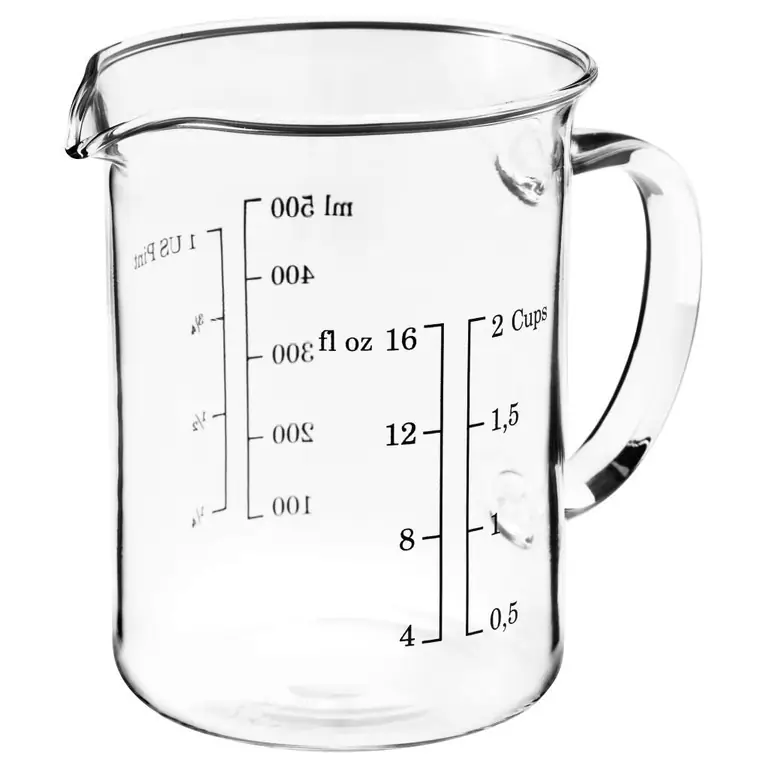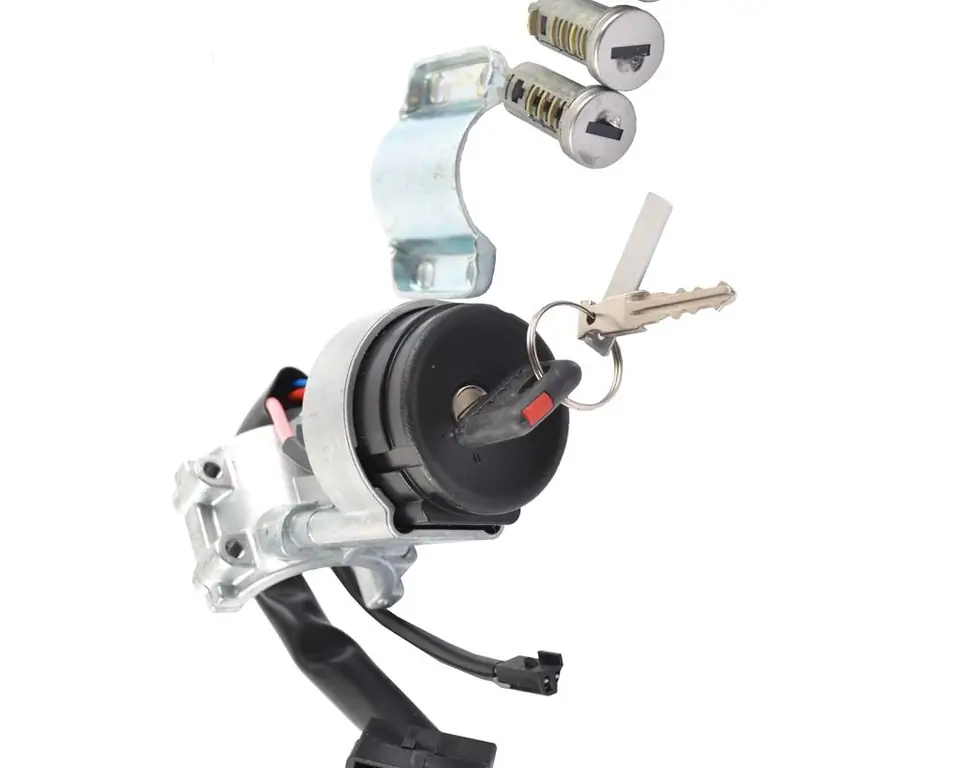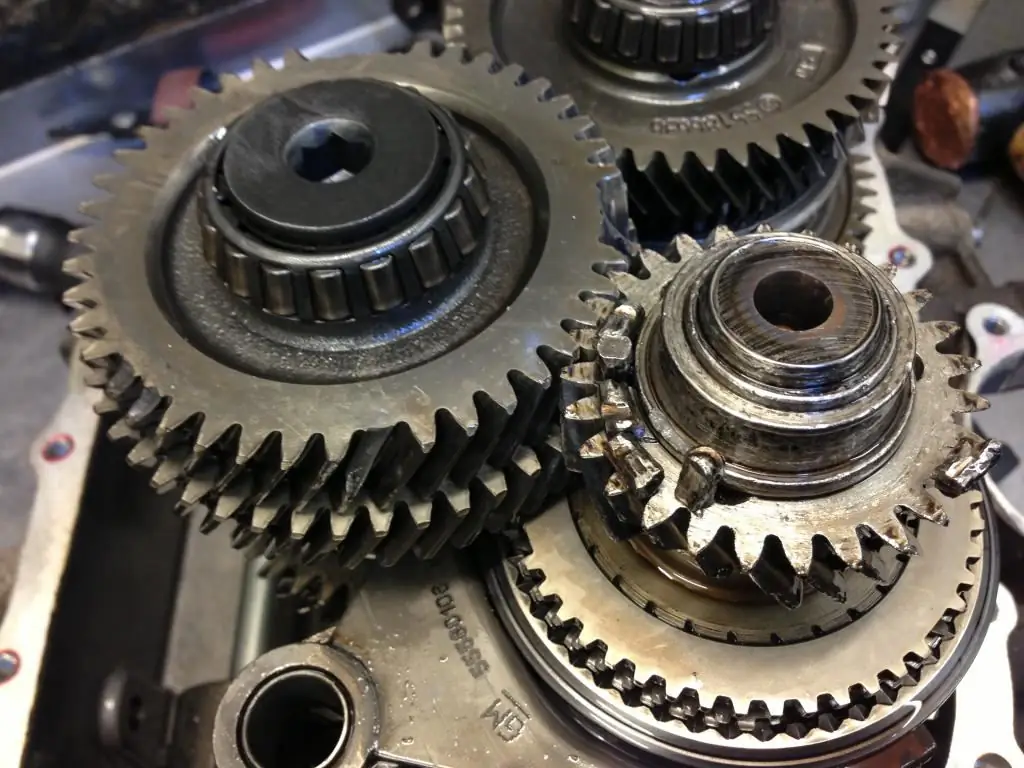2025 Author: Erin Ralphs | [email protected]. Last modified: 2025-01-22 21:14:18
Gasoline engines are one of the most common among all others that are installed on cars. Despite the fact that a modern power unit consists of many parts, the principle of operation of a gasoline engine is very simple. As part of the article, we will get acquainted with the device and the principle of operation of the internal combustion engine.
Device
Gasoline engines are classified as internal combustion engines. Inside the combustion chambers, the pre-compressed fuel-air mixture is ignited by means of a spark. The throttle is used to control the power of the motor. It allows you to adjust the amount of air entering the combustion chamber.

Let's take a closer look at the structure of all the main components of any internal combustion engine. Each power unit consists of a cylinder block, a crank mechanism, parts of a cylinder-piston group, a gas distribution mechanism, a lubrication and cooling system, and a power system. Also, the engine will not be able to work without electrical equipment. All these systems and components interact with each other during engine operation.
Engine cylinder block
The cylinder block is the main part of any motor. It is a cast iron or aluminum cast one piece. The block has cylinders and a mass of various threaded holes for mounting attachments and other equipment. The element has machined planes for mounting the cylinder head and other parts.
The design of the block is highly dependent on the number of cylinders, the location of the combustion chambers, and the cooling method. In one block, from 1 to 16 cylinders can be combined. At the same time, blocks where the number of cylinders is odd are less common. Of those models that are produced now, you can find 3-cylinder internal combustion engines. Most blocks have 2, 4, 8, 12 and sometimes even 16 cylinders.

Engines with a number of cylinders from 1 to 4 differ in the arrangement of combustion chambers in a row. They are called in-line engines. If there are more cylinders, then they are located in the block in two rows at a certain angle. This made it possible to reduce the overall dimensions, but the technology for manufacturing such blocks is more complicated.
One more type of blocks can be distinguished. In them, the combustion chambers are located in two rows at an angle of 180 degrees. These are the so-called boxer motors. The principle of operation of a gasoline engine of this type is no different from traditional internal combustion engines. They are more often found on motorcycles, but there are also cars equipped with them.
As for cooling, you candistinguish two types of systems. This is liquid and air cooling. The design features of the cylinder block depend on which cooling system is chosen. An air-cooled unit is much simpler than a water-cooled unit. The combustion chambers in this case do not belong to the block.
A liquid-cooled unit is much more complicated. The design already includes combustion chambers. A cooling jacket is laid over the metal block of cylinders, inside which coolant is forced to circulate, which serves to remove heat from parts. The block and the cooling jacket in the internal combustion engine is one.
The top of the cylinder block is covered with a head. It forms a closed space where the process of fuel combustion takes place. The cylinder head may have a simple design or a more complex one.
Crank mechanism
This assembly, which is also an integral part of the engine, is necessary to convert the reciprocating movements of the pistons into rotational movements of the crankshaft. The main part here is the crankshaft. It is movably connected to the engine block. Due to this mobility, the shaft can rotate around its axis.

A flywheel is attached to one end of the crankshaft. It is necessary in order to transmit torque from the crankshaft to the transmission. The principle of operation of a four-stroke gasoline engine provides for two revolutions of the crankshaft for one half revolution with usefulwork. The remaining cycles require reverse action - this is what the flywheel provides. Since it has a fairly large weight, when rotated due to kinetic energy, it turns the crankshaft during the stages of preparatory cycles.
There is a special ring gear around the circumference of the flywheel. With the help of this node, you can start the engine with a starter. On the other side of the crankshaft there is an oil pump gear and a timing gear. Also on the reverse side there is a flange on which the pulley is attached.
The assembly also includes connecting rods. They allow you to transfer force from the pistons to the crankshaft and vice versa. The connecting rods are also movably fixed to the crankshaft. There is no direct contact between the surfaces of the cylinder block, the crankshaft and the connecting rods - these parts work through plain bearings.
Cylinder-piston part
This part is cylinders or liners, pistons, piston rings and pins. It is on these details that the principle of operation of a gasoline engine is based. This is where all the work is done. Fuel is burned in the cylinders, and the released energy is converted into rotation of the crankshaft. Combustion occurs inside the cylinders, which are closed on the one hand by the cylinder head, and on the other - by pistons. The piston moves freely inside the cylinder.
The principle of operation of a gasoline engine is based not only on the combustion of fuel, but also on the compression of the air-fuel mixture. To ensure this, tightness is needed. It is provided by piston rings. The latter prevent the fuel mixture and combustion products from getting between the piston andcylinder.
GRM (gas distribution mechanism)
The main function of this mechanism is the timely supply of the fuel mixture or fuel to the cylinders. Timing is also needed to remove exhaust gases.
Two-stroke timing belt
If we consider the principle of operation of a two-stroke gasoline engine, then there is no timing mechanism in it as such. Here, the injection of the fuel mixture and the release of exhaust gases are carried out through technological windows in the cylinder. There are three windows - inlet, outlet, bypass.
When the piston moves, it thereby opens or closes this or that window. The cylinder is filled with fuel, gases are also discharged. With such a gas distribution mechanism, no additional parts are needed. Therefore, the cylinder head in two-stroke engines is simple. Its functions are only to ensure maximum tightness.
4-stroke timing belt
4-stroke motor is equipped with a complete timing mechanism. Fuel in this case is injected through the holes in the cylinder head associated with the valves. When it is necessary to supply or remove exhaust gases, the corresponding valves open and close. The latter can be opened and closed by means of a camshaft. It has special cams.

Power system
The main task of this system is to prepare the fuel mixture and ensure its further supply to the combustion chambers. The design is very dependent on the principle of operation of the car's gasoline engine.
Gasoline engines can have two types of fuel systems - carburetor and injector. In the first case, a carburetor is used to prepare the mixture. It mixes, doses and delivers a mixture of fuel and air to the combustion chambers. The injector injects fuel under pressure into the fuel rail, from where gasoline enters the cylinders through the nozzles.

In injection cars, the principle of operation of the gasoline engine power system is different, due to which the dosage is more accurate. In addition, the air in the injector is mixed with gasoline in the intake manifold. The nozzle, unlike the carburetor, sprays fuel better.
The fuel system of diesel engines is different. Here injection is carried out separately for each cylinder. The timing belt only supplies air to the combustion chambers. The system includes a tank, filters, fuel pumps, lines.
Lubrication system
The principle of operation of a gasoline internal combustion engine involves the friction of parts. Thanks to the lubrication system, thorns between rubbing surfaces are reduced. An oil film is created on the parts, which protects the surfaces from direct contact. The system consists of a pump, a crankcase for storing oil, a filter, as well as lubrication channels in the engine block.
Turbocharging
Modern cars are equipped with small, low-volume engines, but many of them have sufficient power. It is obtained through the use of turbines. The principle of operation of the turbine on a gasoline engine is based on the use of exhaust gases. The gases rotateturbine impeller, which pressurizes air into the combustion chambers. The more air, the more fuel will be supplied, hence the power.

Cooling system
During the operation of the motor, it heats up significantly. In cylinders, the temperature can reach 800 degrees. A cooling system is required to maintain optimum operating temperature. The main task is to remove excess heat from cylinders, pistons and other parts.
The air system consists of special surfaces on the block, which are cooled by blowing air over them. The fluid system provides a cooling jacket in which antifreeze circulates. It is in direct contact with the outer surface of the cylinders. The system consists of a pump, a thermostat, pipes for connecting lines, an expansion tank and a thermostat.
Electrical Equipment
Due to this equipment, electricity is supplied to the vehicle's on-board network. Electricity is necessary for the operation of the ignition system, starter and other devices. Electrical equipment is a battery, generator, starter, sensors. Although the principles of operation of a gasoline and diesel engine differ, electrical equipment is also available on a diesel engine.

Ignition system
This system is available only on gasoline engines. On a diesel power unit, the fuel mixture is ignited by compression. In a gasoline engine, fuel and air are igniteda spark that jumps at the right time between the electrodes of the candle. The system includes ignition coil, distributor, high voltage wires, spark plugs, electronic devices.
Conclusion
That's all about the device and the principle of operation of a gasoline engine. As you can see, everything is very simple, you just need to understand the laws of physics a little.
Recommended:
CDAB engine: specifications, device, resource, principle of operation, advantages and disadvantages, owner reviews

In 2008, VAG group cars entered the automotive market, equipped with turbocharged engines with a distributed injection system. This is a 1.8 liter CDAB engine. These motors are still alive and actively used on cars. Many are interested in what kind of units these are, are they reliable, what is their resource, what are the advantages and disadvantages of these motors
The ratio of gasoline and oil for two-stroke engines. Mixture of gasoline and oil for two-stroke engines

The main type of fuel for two-stroke engines is a mixture of oil and gasoline. The cause of damage to the mechanism may be the incorrect manufacture of the presented mixture or cases when there is no oil in gasoline at all
The principle of operation of the variator. Variator: device and principle of operation

The beginning of the creation of variable programs was laid in the last century. Even then, a Dutch engineer mounted it on a vehicle. After such mechanisms were used on industrial machines
"Lada-Kalina": ignition switch. Device, principle of operation, installation rules, ignition system, advantages, disadvantages and features of operation

Detailed story about the ignition switch Lada Kalina. General information and some technical characteristics are given. The device of the lock and the most frequent malfunctions are considered. The procedure for replacing with your own hands is described
Planetary gearbox: device, principle of operation, operation and repair

Planetary gears are among the most complex gear boxes. With a small size, the design is characterized by high functionality, which explains its widespread use in technological machines, bicycles and caterpillar vehicles. To date, the planetary gearbox has several design versions, but the basic principles of operation of its modifications remain the same

